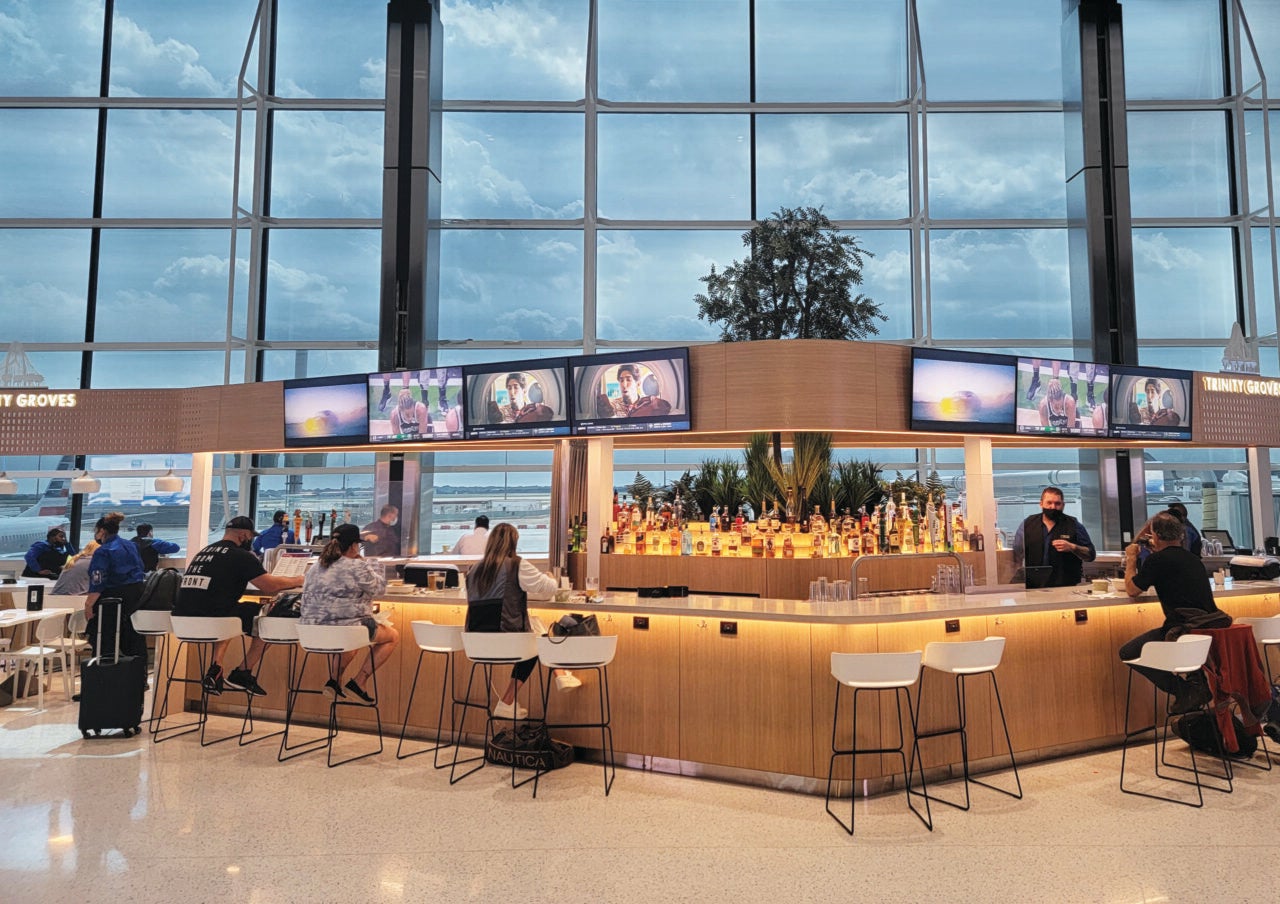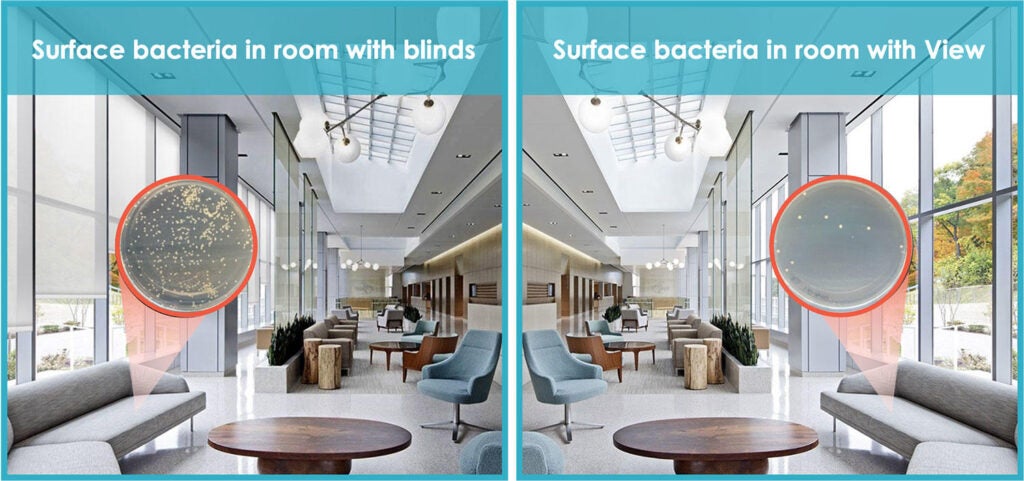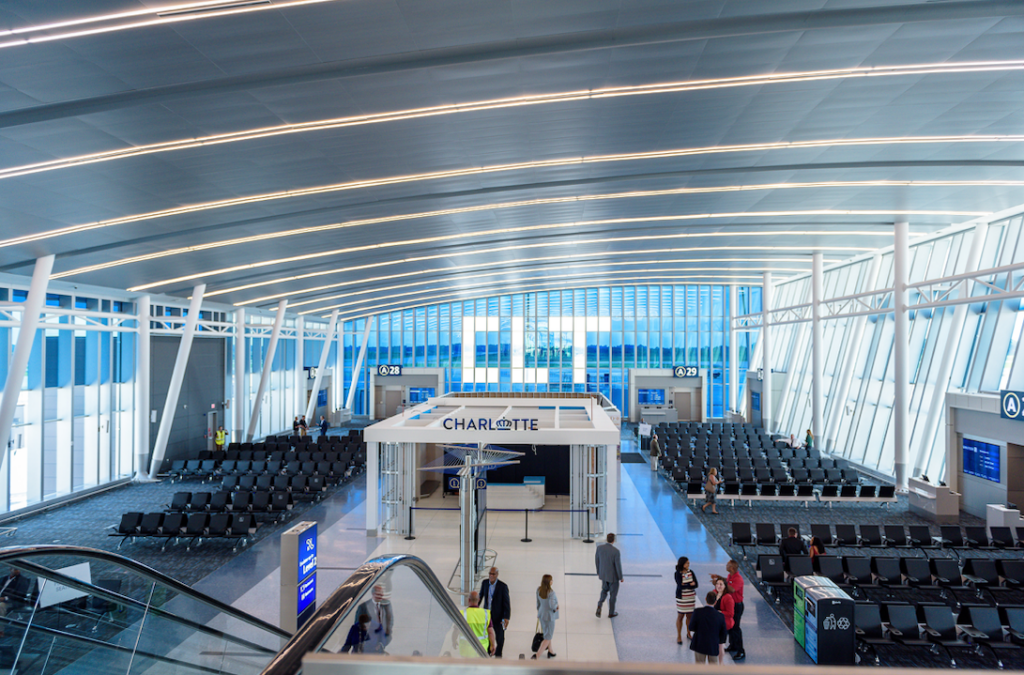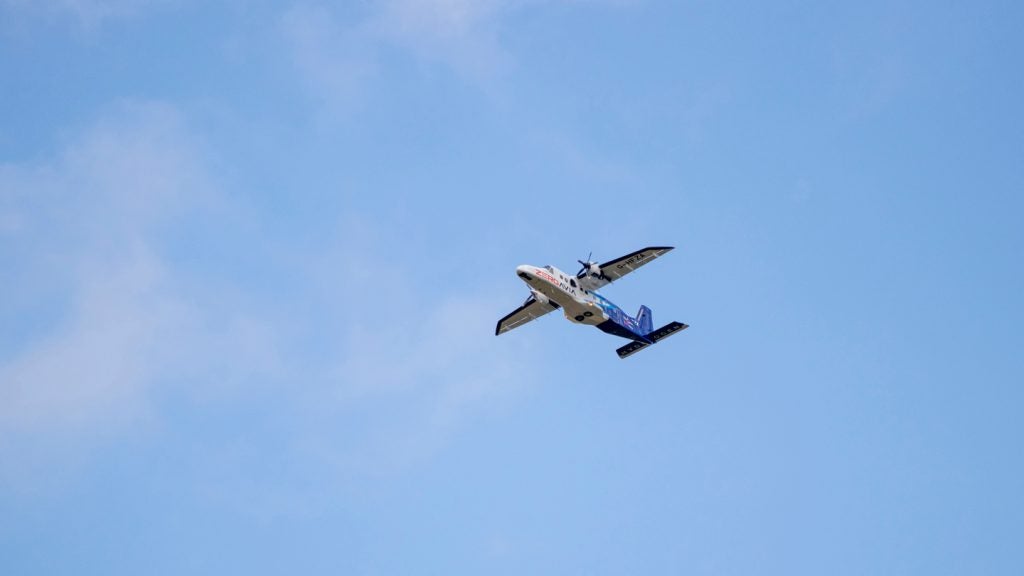
Covid-19 spreads mainly between people in close contact on in poorly-ventilated indoor settings. However, many other infections spread by people touching surfaces that have been contaminated by an infected individual.
To combat this, airports are turning to smart glass solutions to provide increased amounts of natural sunlight that has been proven an effective means of surface disinfection.
The Covid-19 pandemic has drawn new attention to hygiene in airports. From biometric boarding to contactless passports, technology has been implemented at airports to mitigate the spread of the virus.
Companies have been looking at how the design of the airport terminal can make passengers feel more comfortable between flights, to encourage spending time in the terminals without increasing infection risk. This is where smart windows come into play.
Smart glass windows developed by glass manufacturer View could provide airport environments with disinfectant properties.
A recent study carried out by the University of British Columbia results showed that daylight passing through windows is sufficient to disinfect surfaces within 24 hours. It also showed that by installing smart windows within an airport environment, harmful UV light can be blocked and remove the need for blind installation which was shown to harbour dust and germs.
How well do you really know your competitors?
Access the most comprehensive Company Profiles on the market, powered by GlobalData. Save hours of research. Gain competitive edge.

Thank you!
Your download email will arrive shortly
Not ready to buy yet? Download a free sample
We are confident about the unique quality of our Company Profiles. However, we want you to make the most beneficial decision for your business, so we offer a free sample that you can download by submitting the below form
By GlobalDataFrankie Youd speaks to Piers MacNaughton, ScD, vice president of health strategy with View, and Dr Sepideh Pakpour, assistant professor at the University of British Columbia’s School of Engineering, to find out more about the study and the benefits this technology can bring.

Piers MacNaughton. Credit: View. 
Dr Sepideh Pakpour. Credit: The University of British Columbia.
Frankie Youd (FY): What do your job roles involve?
Piers MacNaughton (PM): I am the vice president of Health Strategy at View, a smart building technology company that transform buildings to improve human health and experience, reduce energy consumption and carbon emissions, and generate additional revenue for building owners. I oversee the research initiatives at View, and partner with academic institutions to answer real-world questions through rigorous peer-reviewed studies.
Dr Sepideh Pakpour (SP): I am an assistant professor at the University of British Columbia. I direct the Pakpour Laboratory of Biomedical Microbiome Research, which strives to better understand forces and factors influencing the human microbiome, and how microorganisms interact with the environment, with each other, and with their host.
How was the study carried out and what did it find?
SP: We used an environmental chamber with View Smart Windows to test the effect of different light levels on microorganisms indoors.
We placed cultures of common pathogenic bacteria and fungi, such as MRSA, E. coli and black mould, inside the chamber and measured the growth of these pathogens after being exposed to daylight through View Smart Windows compared to regular windows with blinds.

We found a nearly 100% reduction in bacteria when the View Smart Windows were in their clear state and a 41% to 100% reduction when in their darkest tint state.
We hypothesize that the shorter wavelength, higher energy light that passed through these windows caused the disinfection that we found even after blocking 99% of the visible light and 99.9% of the UV light when tinted.
How could installing smart glass at airports improve the passenger experience?
PM: Smart windows intelligently tint to bring in as much daylight as possible while blocking glare and unwanted heat from outdoors, resulting in a comfortable indoor environment with unobstructed views of the airstrip.
In a study conducted at Charlotte Douglass International Airport, we found that passengers were 68% more likely to give a five-star rating on their overall passenger experience when traveling through a concourse with View Smart Windows.

What are the benefits of installing View Smart Windows for passengers and airports?
PM: Passengers are more comfortable at the gate when sitting behind smart windows. As a result, passengers tend to spend longer in the gate area and even spend more on concessions in the terminal.
For example, a restaurant at Dallas Fort Worth International Airport had its revenue double in the months following renovation with View Smart Windows.
In addition to generating more revenue through concessions, airports also can benefit from energy savings as smart windows reduce the amount of solar heat entering the terminal, lowering the cooling load needed to keep the terminal comfortable.
Could this technology be part of future of airport design?
PM: Smart windows are already the future of airport design. Airports have a strong mandate for passenger experience, sustainability, and operational excellence, which are key differentiators for smart windows compared to traditional blinds.
We have seen significant adoption of this technology in airport modernization projects across the country. The limiting factor is really the pace of renovation with it taking decades for airports to expand their footprint and complete renovations.
With increased attention on infrastructure at the national level, we anticipate this pace quickening over the next several years.







